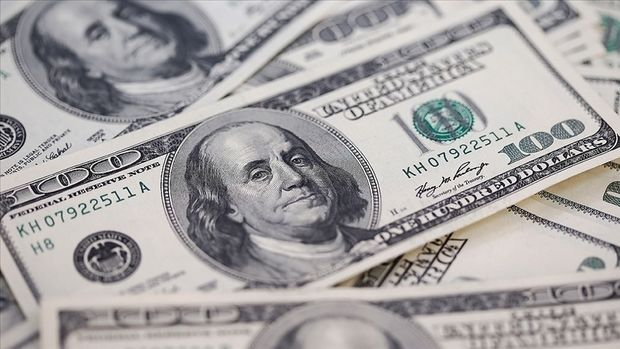Worst year for the dollar since the pandemic
The dollar, which has lost strength on expectations that the Fed will begin cutting interest rates, has had its worst year since 2020. While global markets have been waiting for the Fed to begin cutting interest rates after it has brought US inflation under control, the dollar has also had its worst year since the beginning of the pandemic. The Bloomberg Dollar Index, which has been fluctuating towards the end of the year on expectations of when the Fed will end its tightening cycle, has fallen nearly 3% since January. This marks the dollar’s steepest annual decline since 2020. Much of the decline occurred in the fourth quarter amid growing expectations that the Fed will ease monetary policy next year. The fact that other central banks will be able to keep interest rates high for longer is also a factor that has hurt the dollar’s appeal. Swap investors are currently pricing in a rate cut of at least 150 basis points in 2024, with the first cut coming in March. Since the Fed’s December meeting, hedge funds, asset managers and other speculative market players have increased their positions that the dollar will fall in the week ending Dec. 19, according to CFTC data compiled by Bloomberg. The number of positions that were tied to a dollar decline during that period rose by 10,000 from the previous week to more than 39,000. “Markets are positioned for this ‘Goldilocks’ scenario where the Fed cuts rates just enough to stimulate the economy without reigniting inflation pressures,” said Amanda Sundstrom, a fixed income and foreign exchange strategist at SEB AB in Stockholm. She added that the dollar’s weakness is likely to continue into 2024 as U.S. data weakens, but not enough to encourage a run on a safe haven like the greenback.


